Next week, the city will host a Venice Biennale pavilion exhibition, showcasing reflections on the notions of work, migration, and revolt
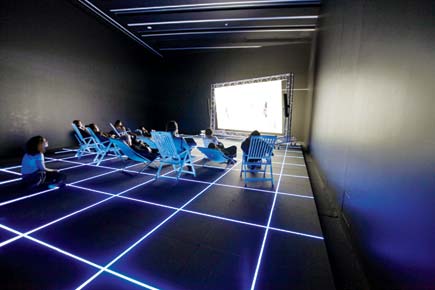
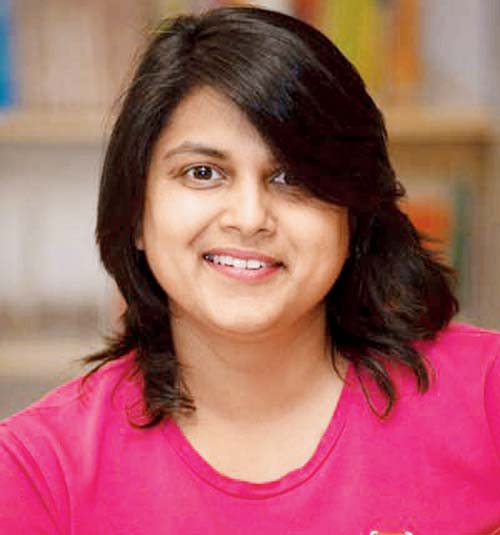
Amruta Nemivant
A politically-engaged video game, the neo-liberal system in Egypt, nameless occupants of rooftops looking for freedom, and migration: all these form part of the upcoming exhibition, Fabrik: On the Circulation of Data, Goods and People. The show is the German pavilion at the Venice Biennale 2015, on tour, brought to the city by The Goethe Institut Mumbai/Max Mueller Bhavan (MMB).
This is the first time a Venice Biennale pavilion - the national pavilions at the prestigious cultural event provide a platform for countries to showcase their artwork — will exhibit in the city. "We collaborate with Institut für Auslandsbeziehungen (IFA), Germany, and they are the initiators of the German pavilion in Venice. When they revealed that their pavilion was up for a tour, we had to get it here," says Amruta Nemivant, senior programme manager, MMB.
The installations will be on display at Gallery MMB and Chemould Prescott Road.
The opening day will see co-curator Lars Willumeit introduce the artwork; the next day, he will host a lecture and walkthrough on the curation of Fabrik. At the time of going to press, the artworks and installations were still being cleared by customs.
What's in store?
A raster grid of blue light strips transforms the space into a motion capture studio, in which human movement is converted into data
 A raster grid of blue light strips transforms the space into a motion capture studio, in which human movement is converted into data
A raster grid of blue light strips transforms the space into a motion capture studio, in which human movement is converted into data
Hito Steyerl: Factory of the Sun
The video installation, Factory of the Sun, will take up the whole gallery at Chemould Prescott Road. An interpassive computer game, it involves the translation of real political figures into virtual figures, and is an innovative experience of making and engaging with images. "It is about the transfer of data and how we are all puppets for extra data that we are bombarded with through the Internet," says Nemivant.
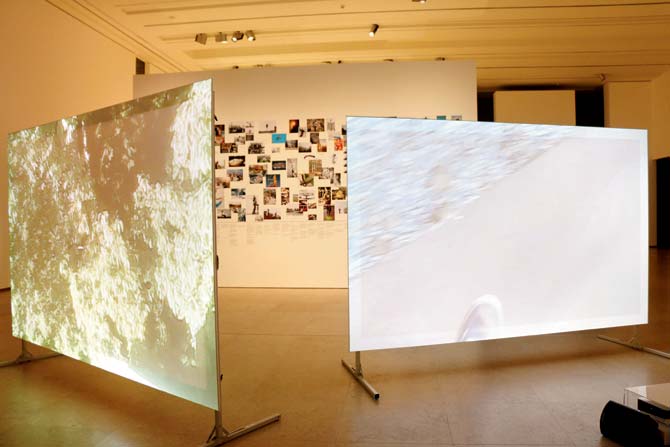
The wall mural is framed by large projections of video footage, and a compilation of historic images
Olaf Nicolai: GIRO
This piece was exhibited on the rooftop of the German pavilion at the 56th Venice Biennale. Nicolai's installation sums up the central motifs of this exhibition: the rooftop as a political sphere and the global circulation of images, people, and things. His montage weaves together different themes of escape; as liberation, ascension, flight, but also as retreat, defence, and punishment. "This is a video and photo documentation, the images of which were recorded by flying boomerangs with cameras attached to them," says Nemivant.
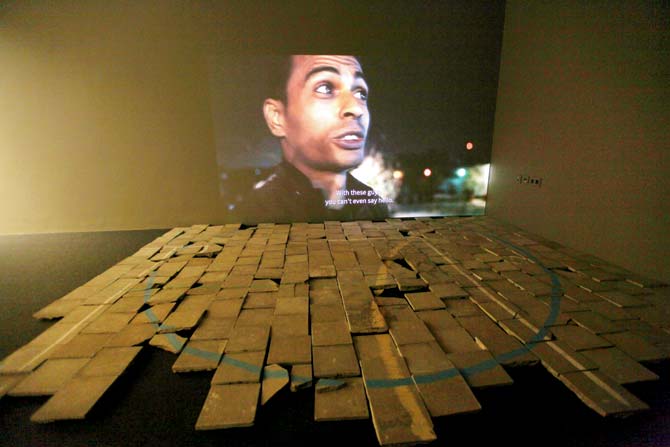 The 60-minute film is complemented by a number of documents, and accompanied by certain elements from the improvised workshop, like some of the flooring tiles
The 60-minute film is complemented by a number of documents, and accompanied by certain elements from the improvised workshop, like some of the flooring tiles
Jasmina Metwaly and Philip Rizk: Out on the Streets
The subject is a workshop, a kind of chamber piece that Rizk and Metwaly staged in an improvised studio on a terrace in Cairo together with amateur actors, workers, and day labourers. The story that it tells deals with the privatisation and subsequent liquidation of a state-owned enterprise. At the same time, their play reports on people's experience of everyday humiliation at the hands of the state authorities. "There are videos they shot in Egypt shown as part of a film, and an installation from their work there," says Nemivant.
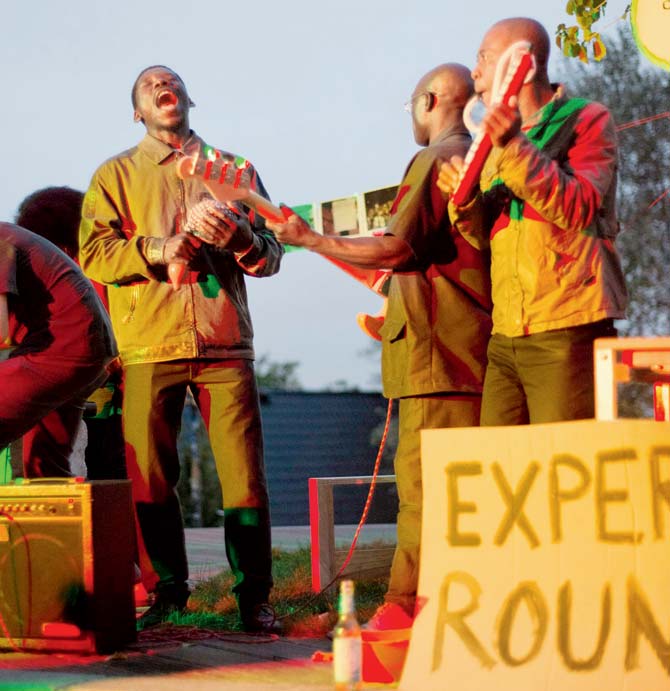
Wall panels present pictures of Sudanese Ahmed al-Nour; photo stories of other activists; pages from African newspapers that reported on Zielony’s work; and visitors can take home a newspaper with testimonies and accounts of refugees
Tobias Zielony: The Citizen
It deals with the movement of people from Africa to Germany. Having spent time with activists of the African refugee population in Germany, Zielony recorded their struggle using images, texts and statements. He sent these accounts to writers and journalists from their home countries in Africa, who devoted articles in African newspapers to the committed efforts being made by their compatriots. "He spoke about migration long before it became a hot topic in European politics," adds Nemivant.
On: July 28 to Aug 26
At: Gallery MMB, Kala Ghoda; Chemould Prescott Road, Fort
Call: 22027710
 Subscribe today by clicking the link and stay updated with the latest news!" Click here!
Subscribe today by clicking the link and stay updated with the latest news!" Click here!









